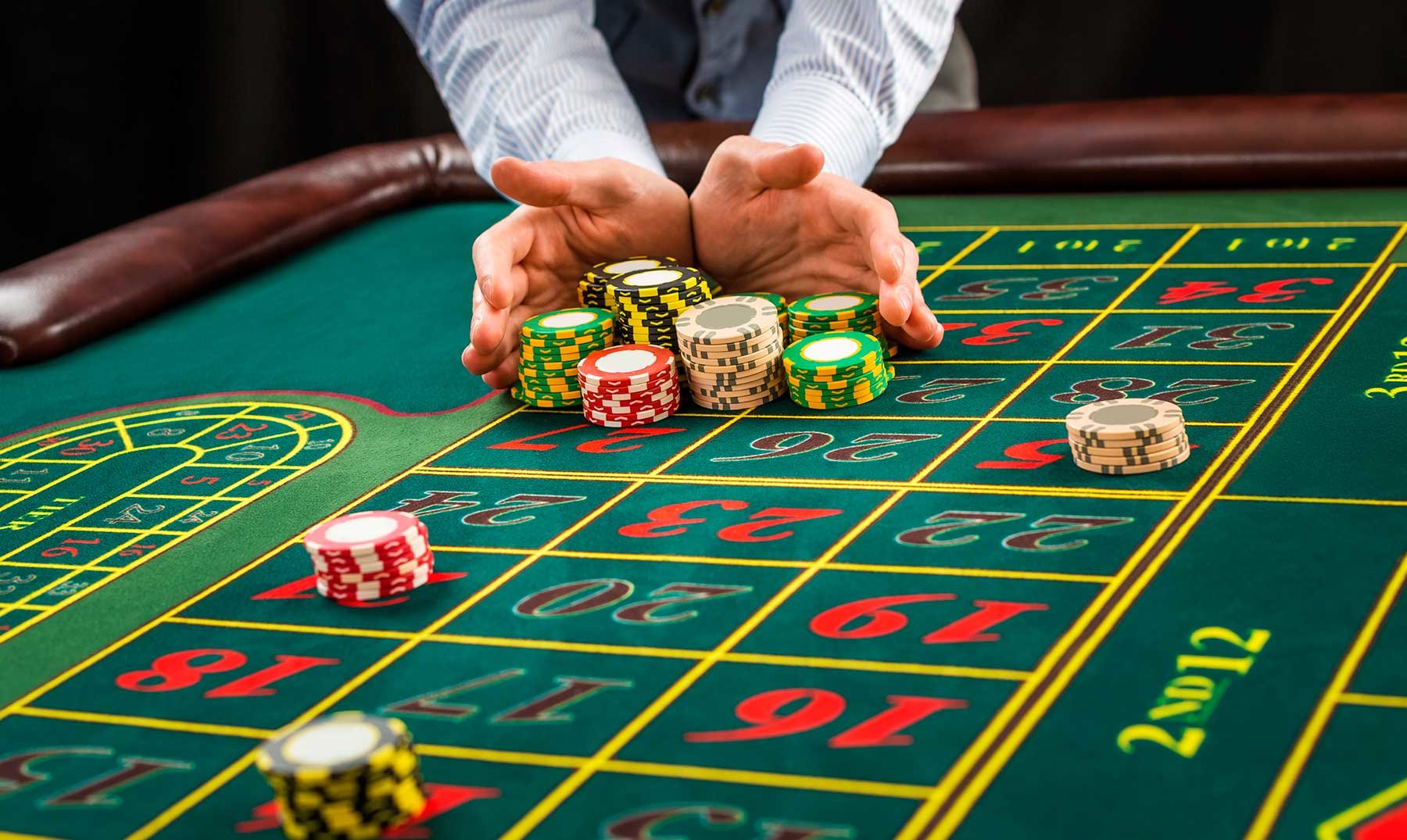The manner in which Gambling Games Utilize Color and Style to Attract Players
- peakstream.us
- 0
- Posted on

Within a lively and exciting world of gaming establishments, wherein fortune and tactics intertwine, hues and aesthetic play a key role in attracting gamblers. depo288 From the moment players step inside a casino or log into a gaming platform, they are enveloped in a visual feast that grabs their attention and lures them to discover more. Bright colors, captivating graphics, and creative layouts are meticulously crafted to create an atmosphere of thrill and expectation, ultimately enhancing the gaming experience.
As gamblers move through the ever-changing landscape of casino games, they encounter a range of designs that not only serve aesthetic purposes but also influence feelings and choices. Hues like scarlet and gold symbolize wealth and fortune, while soothing navy and emeralds can create a much relaxed environment. Grasping how these elements function together allows casinos to create an inviting and stimulating atmosphere that encourages players to interact with the games, spend more time at the tables, and increase their overall enjoyment.
The Science of Color in Gambling Games
Color plays a critical role in the design of gambling games, shaping players’ feelings and actions. Vivid and vibrant shades, such as crimson and gold, are often used to ignite excitement and draw attention. These colors create a feeling urgency and dynamism, encouraging players to engage more readily with the game. By thoughtfully selecting hues, designers aim to elicit feelings of pleasure and excitement, which can enhance the complete game experience.
Distinct hues also have psychological connotations that can affect how gamblers perceive their possibilities of victory. For case, green is frequently associated with luck and abundance, making it a popular choice in games like roulette and poker games. This connection can cause players to feel more optimistic and confident in their play, ultimately encouraging them to bet more. Understanding these associations allows game creators to design environments that enhance player satisfaction and retention.
In addition, the design of casino game interfaces often employs blended colors and differing colors to guide players’ actions. For case, winning outcomes may be accentuated with vivid, differing hues, creating a visual incentive. This method supports successful results and supports repeated participation. By exploiting the psychology of color, gaming venues can design activities that not only attract gamblers but also maintain them interested and dedicated in their gaming experience.
Creative Features that Attract Gamers
The aesthetic appeal of casino games is primarily influenced by the use of vibrant colors. Lively and contrasting colors are strategically chosen to create an inviting atmosphere that grabs attention. For example, crimson and golds often signify luck and prosperity, which is why they are prevalent in the color schemes of gaming machines and table surfaces. These colors not only draw players in, but they also evoke emotions related to thrill and expectation, enhancing the overall gaming experience.
In parallel to color, the aesthetic and layout of casino games play a significant role in captivating players. Games are designed to be user-friendly, ensuring that players can easily understand the rules and mechanics. User-friendly interfaces, along with engaging graphics and animations, help maintain player interest and promote extended play sessions. The physical elements, such as the texture of the controls and the audio of the games, also contribute to a comprehensive sensory experience that keeps players immersed.
In conclusion, conceptual elements in game design can significantly influence gaming decisions. Many gambling games are inspired by popular culture, fairy tales, or adventure themes, incorporating symbols and characters that connect with players. These themes create a sense of engagement and relatability, making each game feel unique. When players feel a connection to the theme, they are more likely to choose that game over others, leading to higher participation and enthusiasm within the casino environment.
Case Studies: Effective Casino Game Designs
One noteworthy example of effective gambling game design is the popular slot machine series based around hit movies. Games such as those based on the The Wizard of Oz and Game of Thrones utilize bright colors and high-quality graphics to enthrall players in familiar narratives. The use of lively visuals and engaging sound effects grabs the interest of players, establishing an emotional connection to the theme. This approach not only fosters longer play but also improves the overall gaming experience, yielding increased player retention.
Another effective case is the use of the psychology of color in table games like 21 and the wheel. Casinos often create these games with dark reds and greens, colors traditionally linked with luck and wealth. For instance, the emerald felt on a 21 table provides a calming effect, while the red accents in roulette invite thrill. This deliberate use of color helps to create an inviting atmosphere that stimulates players to participate, fulfilling their psychological impulses and increasing their enjoyment.
Finally, online casino games that feature community features and lively, dynamic designs have achieved remarkable success in engaging players. Games like Zynga Poker and Slotomania leverage bright colors and playful animations to create an inviting online environment. The addition of leaderboards, community sharing options, and in-app rewards promotes competition and community, drawing players in for longer sessions. Such designs not just make the games visually appealing but also emphasize social interaction, a crucial factor in player retention and engagement within digital casino environments.
